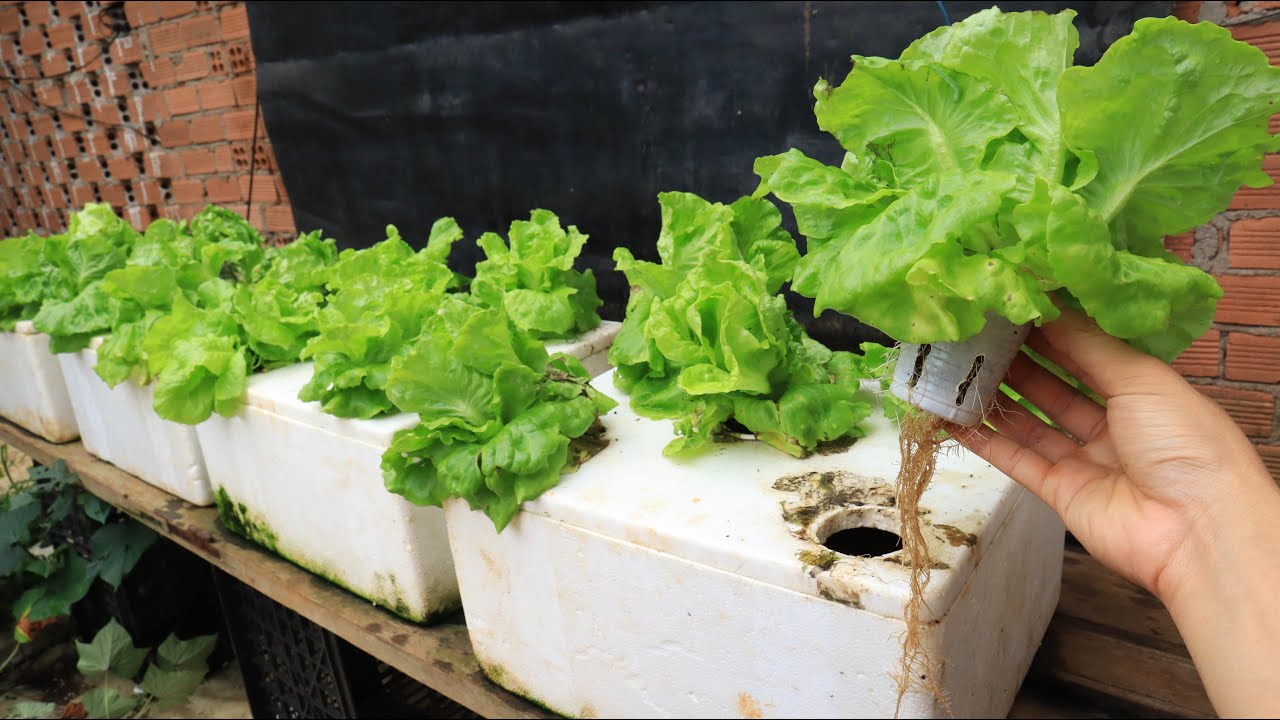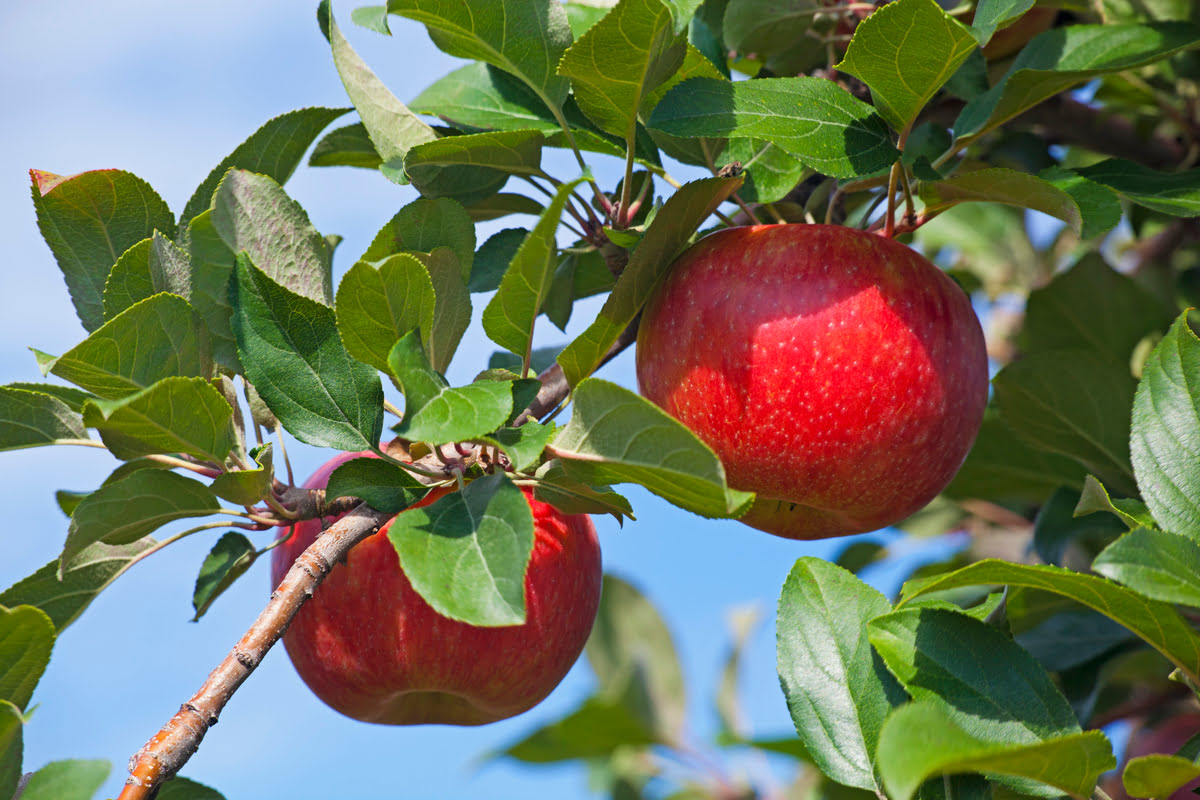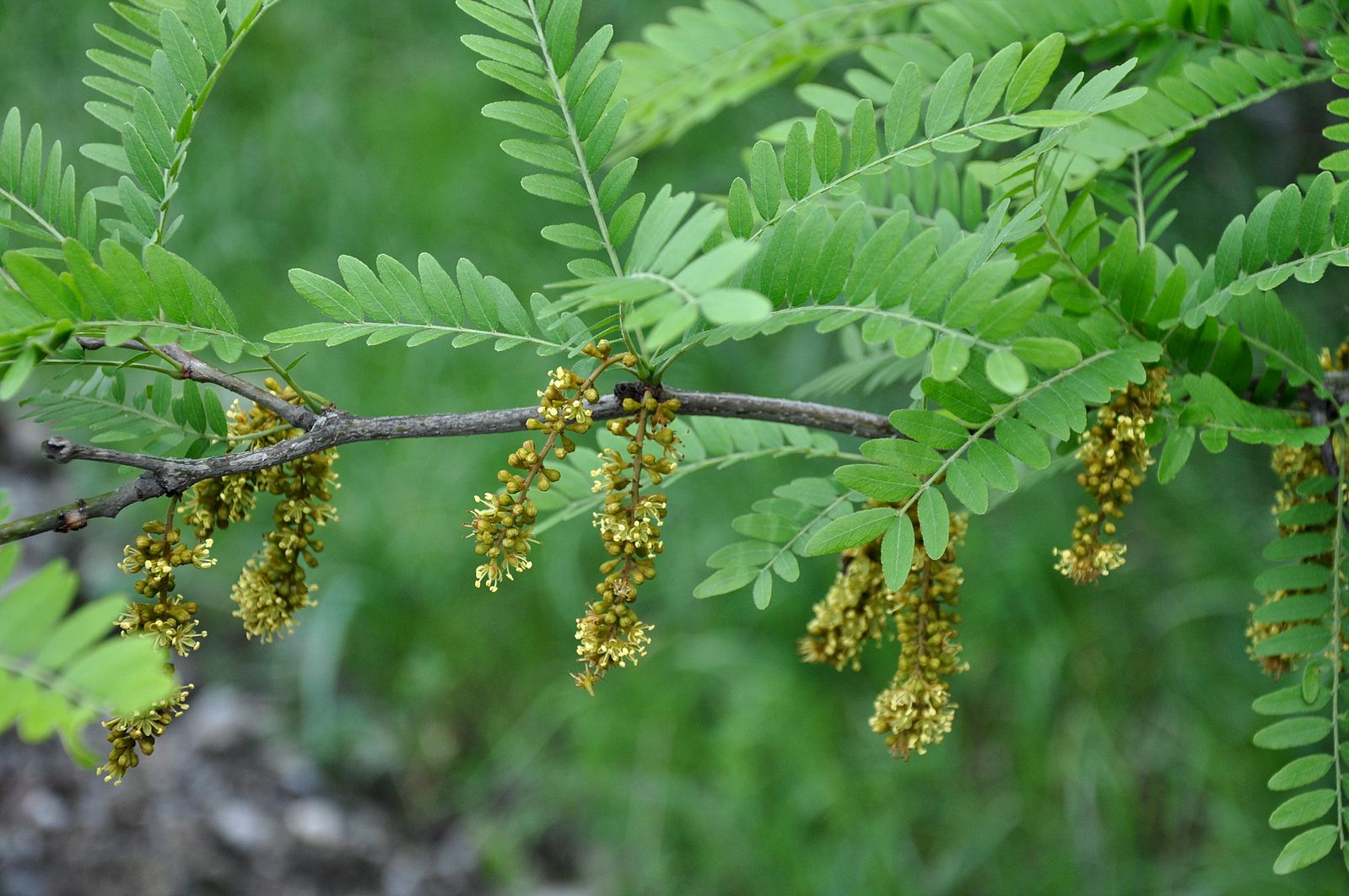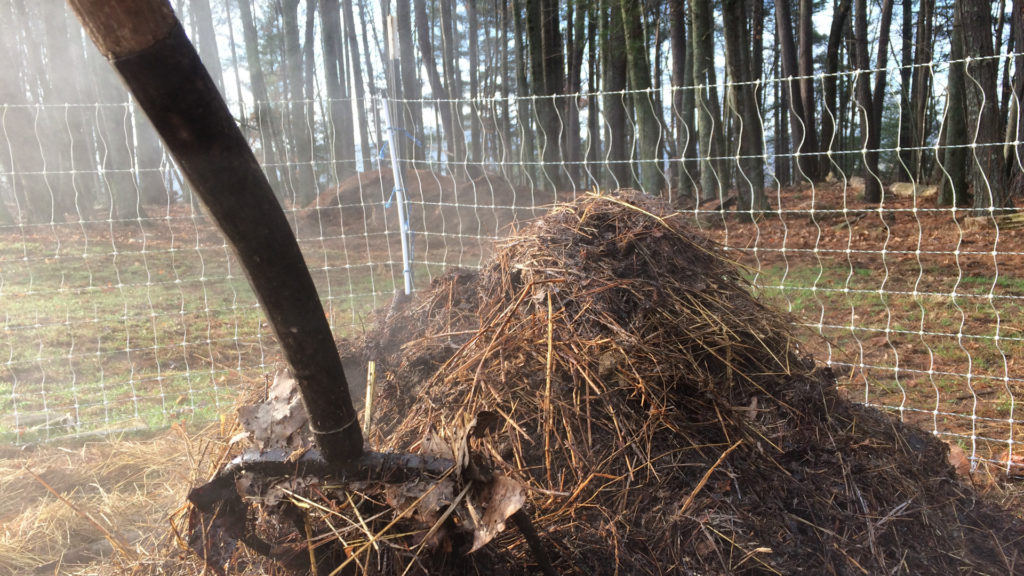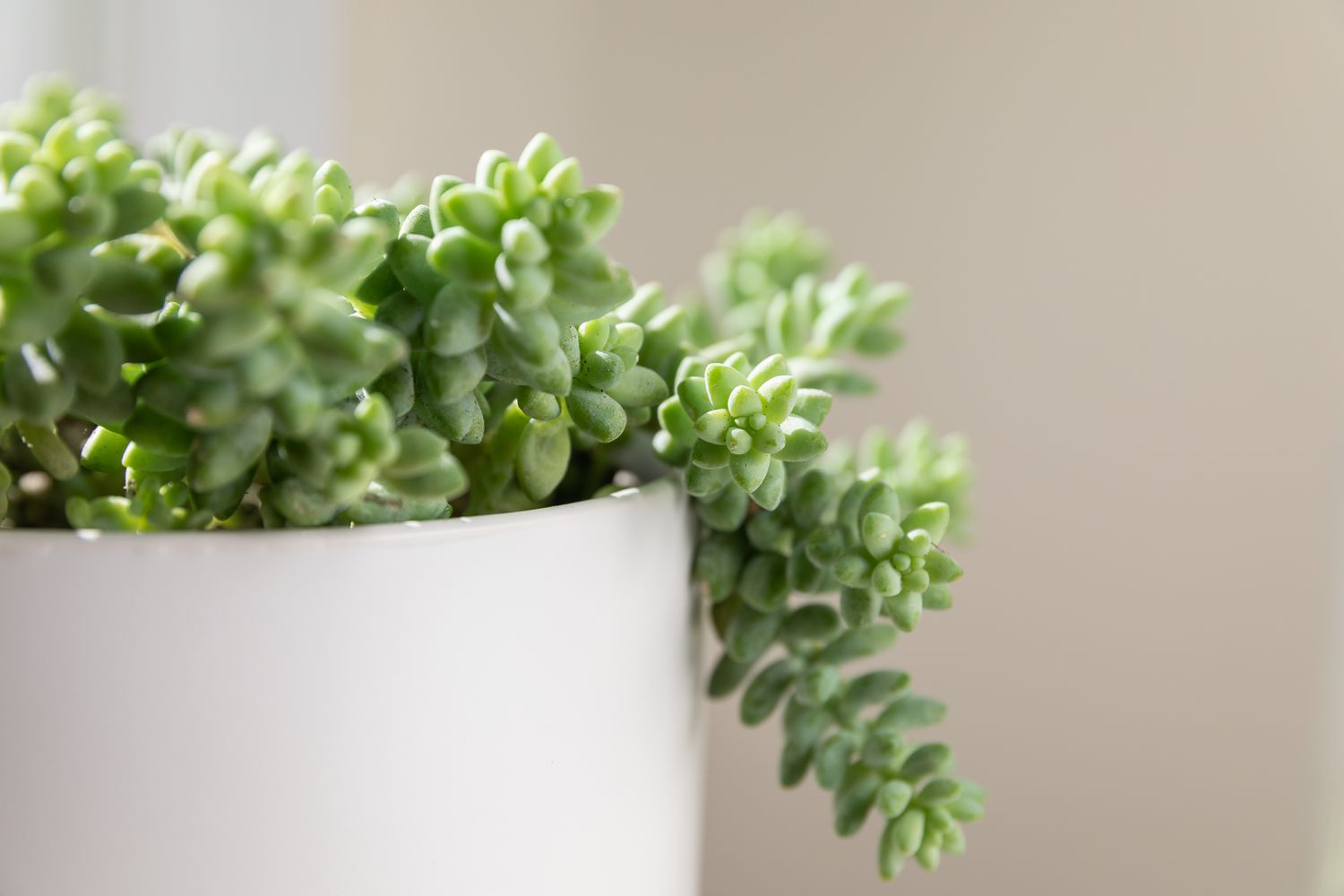Home>Gardening Tips and Tricks>Problem Solving>How Fast Does Aeroponics Lettuce Grow


Problem Solving
How Fast Does Aeroponics Lettuce Grow
Modified: January 22, 2024
Learn how aeroponics can solve your lettuce growing problems and accelerate growth. Discover the fast and efficient way to grow lettuce with aeroponics.
(Many of the links in this article redirect to a specific reviewed product. Your purchase of these products through affiliate links helps to generate commission for Chicagolandgardening.com, at no extra cost. Learn more)
Table of Contents
Introduction
Aeroponics is an innovative and efficient method of growing plants that has gained popularity in recent years. This soilless technique involves suspending plant roots in a mist or air environment, allowing them to receive oxygen, nutrients, and water directly. Among the various crops that can be grown using aeroponics, lettuce is a particularly suitable choice due to its fast growth rate and high demand.
In traditional farming methods, lettuce typically takes several weeks to reach maturity. However, with the use of aeroponics, lettuce growth can be significantly accelerated, resulting in faster harvest times. This method not only reduces the overall cultivation period but also increases the yield and quality of lettuce crops.
In this article, we will explore the fascinating world of aeroponics lettuce growth and delve into the factors that determine how quickly lettuce can grow using this method. Additionally, we will discuss the benefits of aeroponics for lettuce production, compare the growth speed with other growing methods, and provide techniques to maximize the growth rate of aeroponics lettuce.
Whether you are a farmer, a gardening enthusiast, or simply curious about modern plant cultivation techniques, this article will provide you with valuable insights into the speed and efficiency of aeroponics lettuce growth. Let’s dive in!
What is Aeroponics?
Aeroponics is a revolutionary method of growing plants that involves suspending the plant roots in a mist or air environment, allowing them to absorb nutrients, water, and oxygen. Unlike traditional soil-based cultivation methods, aeroponics eliminates the need for soil, providing plants with direct access to the essential elements they require for growth.
In aeroponics systems, plants are typically placed in a vertical or horizontal setup, with their roots exposed to the air. Nutrient-rich water is sprayed onto the roots as a fine mist, enabling the roots to absorb the necessary nutrients. The mist is created using pumps and specialized spray nozzles, which deliver a precise and controlled amount of water and nutrients to the plants.
One of the key advantages of aeroponics is its ability to provide optimal oxygen levels to plant roots. The misting process allows for increased oxygenation, ensuring that roots receive an adequate supply of oxygen for growth. This oxygen-rich environment promotes robust root development and enhances nutrient uptake, resulting in faster and healthier plant growth.
Aeroponics systems are highly efficient in water usage, making them a sustainable and environmentally friendly option for agriculture. Compared to traditional farming methods, aeroponics requires significantly less water since it operates on a closed-loop system, where excess water is recirculated and reused.
Furthermore, aeroponics provides optimal control over nutrient delivery, allowing growers to customize and fine-tune the nutrient composition based on the specific needs of the plants. This precision in nutrient management leads to improved plant health, increased crop yields, and higher nutrient density in the harvested produce.
Aeroponics is a versatile method of cultivation that can be utilized in various settings, from small-scale indoor gardens to large commercial operations. The flexibility of aeroponics makes it ideal for urban farming, rooftop gardens, and areas with limited space.
Overall, aeroponics offers a cutting-edge approach to plant cultivation, revolutionizing the way we grow crops. With its numerous advantages, this innovative technique has the potential to address the challenges of traditional agriculture and contribute to sustainable and efficient food production.
Benefits of Aeroponics for Lettuce Growth
Aeroponics offers several advantages when it comes to growing lettuce. Let’s explore the benefits of using this innovative cultivation method:
- Rapid Growth and High Yield: Aeroponics promotes faster and more vigorous growth in lettuce plants compared to traditional soil-based methods. This is due to the direct delivery of oxygen, nutrients, and water to the plant roots, allowing for optimal absorption. As a result, lettuce crops grown through aeroponics can reach maturity in a shorter time, leading to increased crop turnover and higher overall yield.
- Water Efficiency: Water scarcity is a significant concern in agriculture. With aeroponics, water usage is highly efficient and greatly reduced compared to traditional farming techniques. The closed-loop system of aeroponics recirculates and reuses water, resulting in up to 90% less water consumption. This makes aeroponics an environmentally friendly option and a potential solution for regions with limited water resources.
- Space Optimization: Aeroponics is well-suited for urban farming and locations with limited space. By eliminating the need for soil and utilizing vertical farming techniques, aeroponic systems can make the most efficient use of available space. This enables growers to maximize crop production in areas where conventional farming is not feasible.
- Reduced Disease and Pest Incidents: In aeroponics, the absence of soil minimizes the risk of soil-borne diseases and pests that can negatively affect lettuce growth. Since the plants are suspended in air, they are less susceptible to common soil-borne pathogens and pests. As a result, growers can reduce the use of pesticides and fungicides, leading to healthier, chemical-free lettuce.
- Optimal Nutrient Delivery: Aeroponic systems allow growers to precisely control and monitor the nutrient composition delivered to the lettuce plants. This ensures that the plants receive the ideal balance of nutrients for their growth stage, resulting in healthier, more nutrient-dense lettuce. Additionally, the ability to adjust nutrient levels can improve the flavor, texture, and appearance of the harvested lettuce.
- Year-Round Cultivation: Aeroponics enables year-round lettuce cultivation, regardless of external climatic conditions. By controlling the temperature, humidity, and light, growers can create an optimal growth environment for lettuce, ensuring a consistent and reliable supply throughout the year. This reduces dependence on seasonal variations and allows for continuous production and market availability.
Overall, the benefits of aeroponics for lettuce growth are numerous. This innovative cultivation method provides faster growth, higher yields, efficient water usage, disease prevention, nutrient customization, and the ability to cultivate lettuce year-round. These advantages make aeroponics a highly favorable choice for lettuce growers, offering a sustainable and productive solution for modern agriculture.
Factors Affecting the Growth Speed of Aeroponics Lettuce
Several key factors influence the growth speed of lettuce cultivated through aeroponics. Understanding these factors is crucial for optimizing lettuce growth and ensuring healthy and vigorous plants. Let’s explore the main factors that affect the growth speed of aeroponics lettuce:
- Light: Light plays a vital role in photosynthesis, the process by which plants convert light into energy. Adequate light intensity and duration are essential for the optimal growth of lettuce. In aeroponics systems, it is crucial to provide the right amount and quality of light to promote rapid vegetative growth and maximize yield. High-intensity LED lights or natural sunlight are commonly used to ensure sufficient light exposure for lettuce plants.
- Nutrients: As with any plant, lettuce requires a balanced supply of essential nutrients to support its growth. The nutrient composition and concentration in the aeroponic system must be carefully monitored and adjusted to meet the specific needs of lettuce plants. Key nutrients for lettuce include nitrogen, phosphorus, potassium, calcium, magnesium, and trace elements. Maintaining optimal nutrient levels ensures healthy plant development and accelerates growth.
Humidity and Temperature: Humidity and temperature levels significantly impact the growth speed of aeroponics lettuce. Lettuce prefer a moderate to high humidity range, typically around 60-70%. This level of humidity promotes transpiration and helps prevent dehydration. The ideal temperature for lettuce growth varies depending on the stage of growth, with a range of 55-75°F (13-24°C) being generally suitable. Proper control of humidity and temperature creates an optimal growth environment, accelerating lettuce growth. pH Level: The pH level of the nutrient solution in aeroponics systems is critical for nutrient availability and absorption. The optimal pH range for lettuce growth is typically between 5.5 and 6.5. Maintaining the correct pH level ensures that nutrients are readily available to the lettuce roots, maximizing nutrient uptake and promoting faster growth. - Air Quality and Ventilation: Good air quality and proper ventilation are important factors in aeroponics lettuce growth. Sufficient airflow ensures the delivery of fresh oxygen to the plant roots, supporting healthy respiration and growth. Additionally, adequate ventilation helps in maintaining optimal temperature and humidity levels, preventing the development of disease-causing pathogens.
- Varietal Selection: The choice of lettuce variety can also impact the growth speed in aeroponics. Certain lettuce varieties are genetically programmed for faster growth and have been specifically bred for hydroponic and aeroponic cultivation. Choosing varieties such as “Salanova” or “Romaine” that are known to perform well in hydroponic systems can contribute to faster growth and higher yields.
By carefully managing these factors, growers can maximize the growth speed and overall performance of lettuce in aeroponics systems. Regular monitoring, adjustment, and fine-tuning of environmental conditions and nutrient levels will ensure optimal growth and provide the ideal conditions for robust and healthy lettuce plants.
Comparison of Aeroponics Lettuce Growth Speed with other Growing Methods
When it comes to lettuce cultivation, aeroponics offers several advantages in terms of growth speed compared to traditional soil-based and other soilless growing methods. Let’s take a closer look at how aeroponics lettuce growth speed compares to other popular growing techniques:
- Traditional Soil-Based Farming: Compared to traditional farming methods, aeroponics significantly accelerates the growth speed of lettuce. In soil-based farming, lettuce typically takes several weeks to reach maturity. However, through aeroponics, lettuce can reach maturity up to 50% faster. This rapid growth allows for quicker harvests and a more efficient use of space and resources.
- Hydroponics: Hydroponics, a soilless cultivation method that uses a nutrient-rich water solution, is known for its faster growth rates compared to traditional soil farming. However, aeroponics offers even faster growth rates than hydroponics. The suspended root system in aeroponics provides increased oxygenation and nutrient uptake, resulting in accelerated growth. On average, lettuce grown in aeroponics can surpass the growth rate of hydroponics by around 20-30%.
- Vertical Farming: Vertical farming, which involves growing plants in vertically stacked layers, is a space-efficient method often used in urban agriculture. When combined with aeroponics, vertical farming can optimize the growth speed of lettuce even further. The vertical setup allows for more plants to be grown in a smaller footprint, maximizing productivity. With the efficient nutrient delivery and controlled environment of aeroponics, lettuce grown in vertical farms can achieve remarkable growth rates.
- Greenhouse Cultivation: Greenhouses offer controlled environments that promote faster and year-round growth compared to conventional farming methods. When aeroponics is employed in greenhouses, lettuce growth can be further accelerated. The controlled temperature, humidity, and light conditions, combined with nutrient-rich misting, create ideal conditions for lettuce growth. As a result, aeroponics lettuce in greenhouses can achieve faster growth rates and higher yields compared to traditional greenhouse growing.
The ability of aeroponics to foster rapid growth in lettuce compared to other growing methods is due to its efficient nutrient delivery, oxygenation of roots, precise control over environmental factors, and space optimization. By utilizing aeroponics, growers can not only shorten the growing cycle but also increase overall productivity and yield.
While aeroponics offers faster growth rates, it is important to consider the specific requirements and constraints of each growing method. Factors such as cost, infrastructure, maintenance, and expertise needed should also be taken into account when deciding which growing method is most suitable for lettuce cultivation.
Techniques to Maximize the Growth Speed of Aeroponics Lettuce
To optimize the growth speed of lettuce in aeroponics systems, growers can implement various techniques and best practices. These strategies aim to create the most favorable growing conditions and provide the necessary resources for accelerated lettuce growth. Here are some techniques to maximize the growth speed of aeroponics lettuce:
- Optimize Light Spectrum and Intensity: Providing the right spectrum and intensity of light is crucial for maximizing lettuce growth. LED grow lights designed specifically for plant cultivation can be used to ensure that lettuce receives the optimal light wavelengths for photosynthesis. Adjusting the light intensity according to the growth stage of the lettuce plants stimulates growth and enhances productivity.
- Monitor Nutrient Levels: Regularly monitoring and adjusting nutrient levels in the aeroponic system is essential for maximizing growth speed. Conduct regular water and nutrient solution testing to ensure that the plants are receiving the appropriate amounts of nutrients. Adjust the nutrient solution composition as needed, considering the specific requirements of lettuce at different growth stages.
- Control Temperature and Humidity: Maintaining optimal temperature and humidity levels is critical for accelerated lettuce growth. High humidity and moderate temperatures promote transpiration and nutrient uptake, leading to faster growth. Utilize environmental control systems to maintain consistent conditions and prevent temperature or humidity fluctuations that could impede lettuce growth.
- Ensure Sufficient Air Circulation: Proper air circulation is crucial for healthy root development and overall plant growth. Use fans or other ventilation systems to ensure adequate airflow around the plants. This helps in preventing the buildup of excess moisture, reducing the risk of diseases and providing plants with sufficient oxygen for respiration and nutrient absorption.
- Prune and Harvest Properly: Pruning and timely harvesting are essential for maximizing growth speed in aeroponics lettuce. Regular pruning of excess foliage helps channel energy towards new growth and ensures that the plants receive adequate light and air circulation. Harvesting lettuce at the right time when it reaches peak maturity prevents resources from being wasted on overly mature plants, allowing for earlier replanting and faster subsequent growth.
- Use Suitable Lettuce Varieties: Choosing lettuce varieties that are well-suited for aeroponic cultivation can contribute to faster growth. Select cultivars known for their quick germination and fast growth rates, such as “Buttercrunch” or “Oakleaf” lettuce. Additionally, consider choosing varieties bred specifically for hydroponic or aeroponic systems, as they are optimized for these growing methods.
- Regularly Clean and Maintain the System: Ensuring proper hygiene and maintenance of the aeroponic system is crucial for optimal lettuce growth. Regularly clean and disinfect the system to prevent the buildup of algae, pathogens, and mineral deposits that can hinder plant growth. Regular maintenance of pumps, nozzles, and filters will help maintain the efficiency of the misting system, ensuring an uninterrupted nutrient and water supply to the plants.
By implementing these techniques, growers can enhance the growth speed and overall performance of lettuce in aeroponics systems. Consistent monitoring, adjustment, and fine-tuning of environmental conditions, nutrient levels, and system maintenance will create an ideal growth environment, resulting in rapid and healthy lettuce growth.
Conclusion
Aeroponics is a highly efficient and innovative method of cultivating lettuce that offers numerous advantages over traditional growing techniques. Through the suspension of plant roots in a mist or air environment, aeroponics provides optimal oxygen, water, and nutrient delivery, resulting in faster growth rates and higher yields of lettuce.
By eliminating the need for soil and utilizing controlled environmental conditions, aeroponics allows for precise control over growth factors such as light, temperature, humidity, and nutrient composition. These factors can be tailored to the specific needs of lettuce plants, promoting rapid and robust growth throughout the cultivation process.
When compared to other growing methods, aeroponics consistently demonstrates superior growth speed. It surpasses traditional soil-based farming, hydroponics, and greenhouse cultivation in terms of both the time taken for lettuce to reach maturity and the overall productivity achieved.
To maximize the growth speed of aeroponics lettuce, growers can employ a range of techniques. These techniques include optimizing light spectrum and intensity, monitoring nutrient levels, controlling temperature and humidity, ensuring proper air circulation, pruning and harvesting properly, selecting suitable lettuce varieties, and maintaining the cleanliness and functionality of the aeroponic system.
Aeroponics offers great potential for lettuce growers seeking to enhance productivity and efficiency while minimizing resource usage. This method allows for year-round lettuce cultivation, making it feasible to meet the growing demand for fresh and nutritious lettuce regardless of seasonal limitations.
In conclusion, aeroponics revolutionizes the way we grow lettuce by accelerating growth speed, increasing yields, reducing water usage, and optimizing space utilization. It offers a sustainable and efficient solution for modern agriculture, addressing the challenges of traditional farming and paving the way for a more sustainable future in food production.
